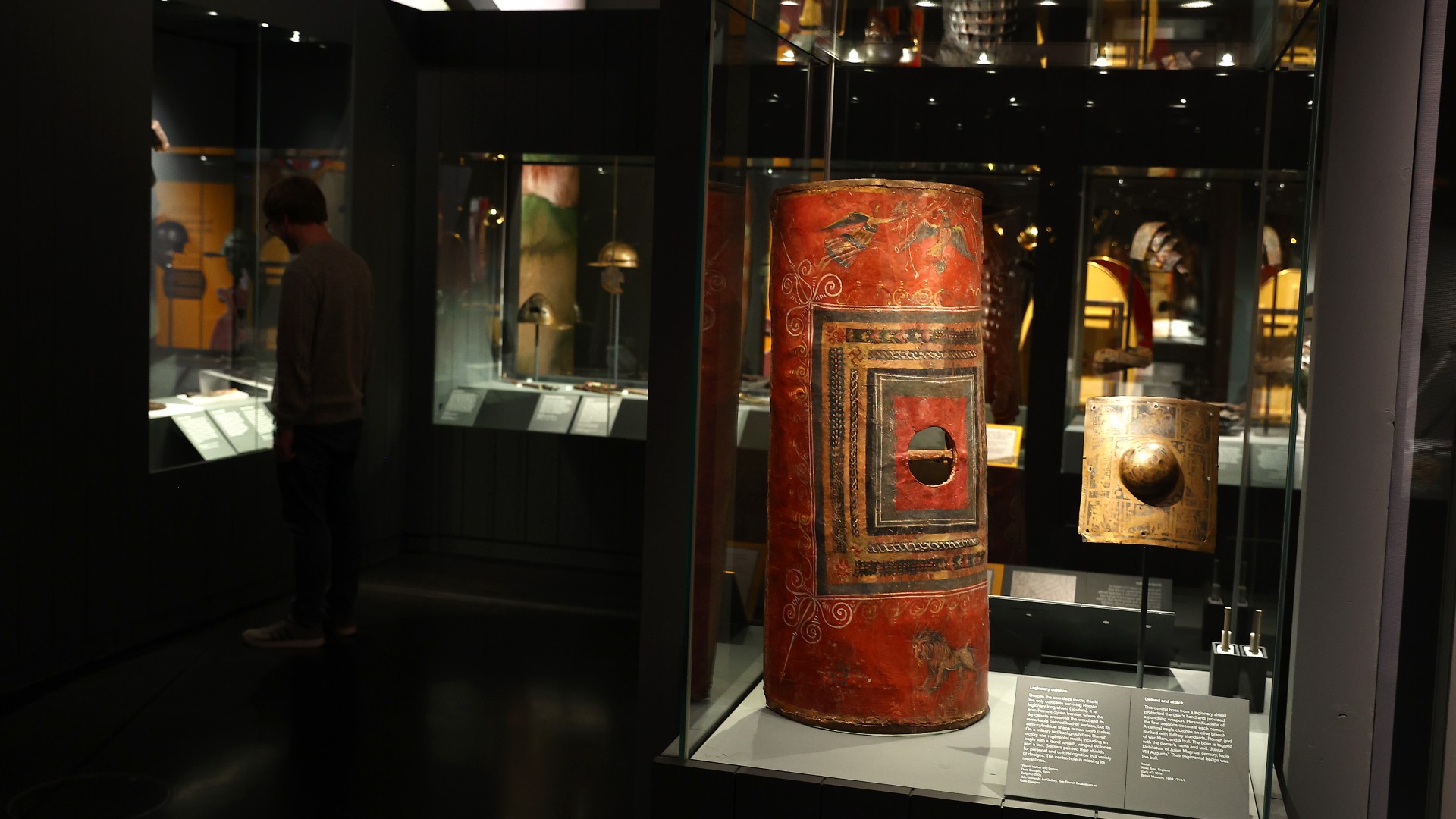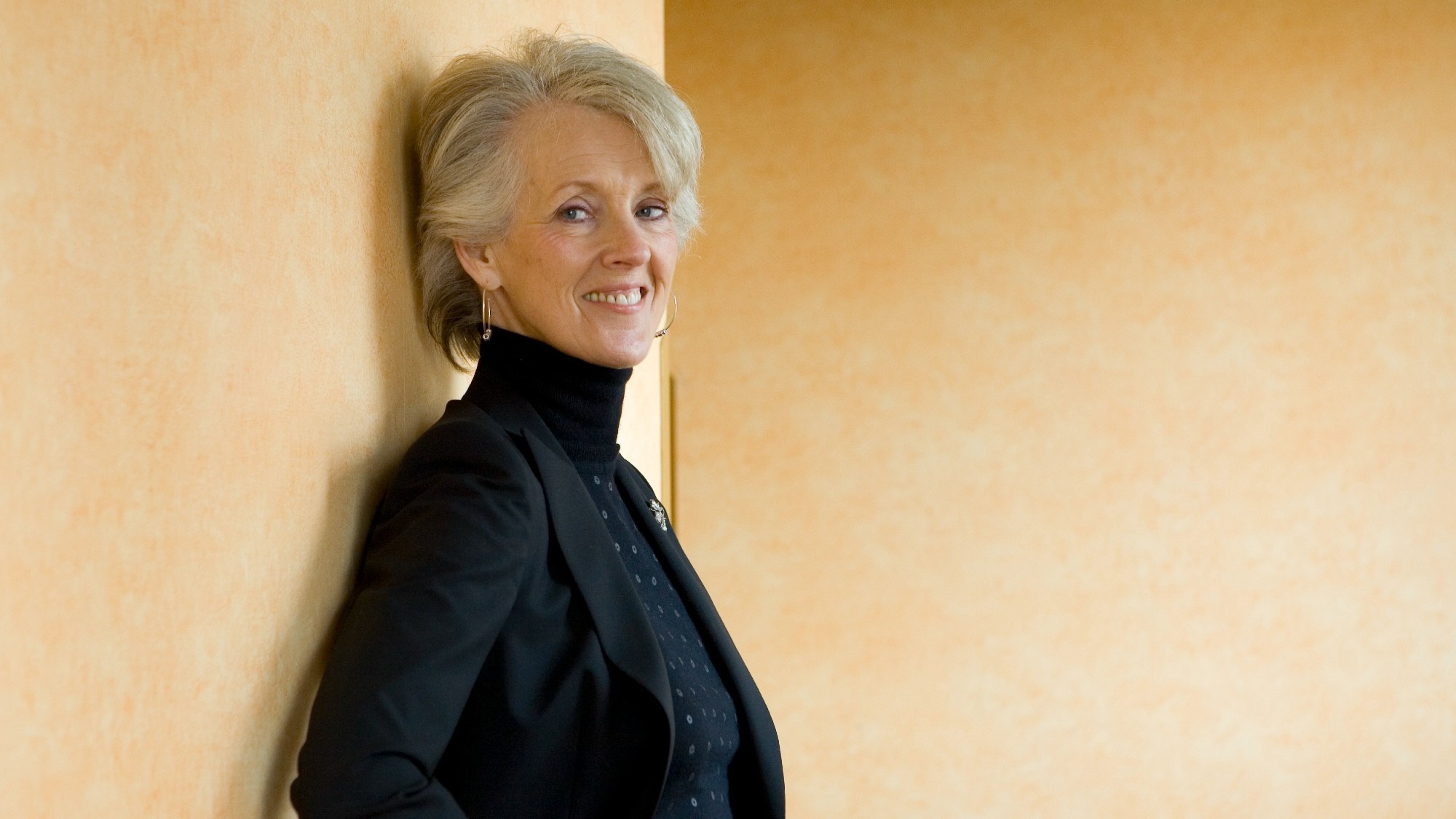Legion: life in the Roman army – one of 'the most powerful' British Museum exhibitions
This 'gripping' new exhibition explores how Rome built its vast empire 'on military might'

At its peak, the Roman empire numbered some 60 million inhabitants and controlled everything "from Mesopotamia all the way to Hadrian's Wall", said Nick Clark in the Evening Standard.
Stationed across it was a force of 300,000 soldiers (small by modern standards, but one of the largest ancient standing armies). It was tasked with defending borders, policing, and putting down rebellions. The job was dangerous: once a soldier began his 25-year term of service, "medical discharge, dishonour, retirement or death were the only exit routes" – and recruits had just "a 50% chance of making it to retirement".
This "gripping" new exhibition explores how Rome built its vast empire "on military might", investigating what life was really like "for recruits at the sharp end of this fearsome war machine". Bringing together some genuinely "spine-tingling" exhibits, including clothing, weapons, and letters between soldiers and their families, it spans centuries and tells some "staggering stories".
The Week
Escape your echo chamber. Get the facts behind the news, plus analysis from multiple perspectives.

Sign up for The Week's Free Newsletters
From our morning news briefing to a weekly Good News Newsletter, get the best of The Week delivered directly to your inbox.
From our morning news briefing to a weekly Good News Newsletter, get the best of The Week delivered directly to your inbox.
All in all, it is a "breathtaking and exhaustive" look at "how soldiers, from lowly auxiliaries to the high-ranked centurions, joined up, fought, played, loved and died".
The exhibition introduces its subject through the eyes of Claudius Terentianus, a soldier from Egypt at the time of emperor Trajan, said Laura Freeman in The Times. His papyrus letters home, found at Karanis in Egypt, give us "glimpses of this young man's life": after "a failed attempt" to join the legions, he enlisted in the "poorer-paid" marines and was sent east, probably to fight the Parthians.
The "scant story" is brought to life with extraordinary artefacts from every corner of the empire. A single red sock accompanies a letter he sent "begging his father to send better sandals" and a pair of felt socks. We see "a case of nit combs" – then as now, lice were unavoidable in the ranks – and even "an exquisite little travel toilet set" complete with "tweezers, ear scoop and nail cleaners".
This is not "the prettiest of shows". Its palette – "a moody mix of rust, iron, blackened leather and stone" – may leave some craving a bit of colour. But it's a "muscular" and "moving" exhibition.
A free daily email with the biggest news stories of the day – and the best features from TheWeek.com
The "darkness" of military life is never overlooked, said Alastair Sooke in The Daily Telegraph. "Twisted human remains" – including the skeleton of "one poor, crucified soul" – abound, while "a perforated ox's skull used for target practice" demonstrates the power of Roman artillery bolts.
Yet narrative detail lightens the mood. Troops, we learn, hailed from all over the empire, with some ethnicities more prized than others. North African horsemen were particularly valued; recruits from our own "rain-sodden province" less so. We learn that the Romans referred to us as "Brittunculi", or "wretched little Brits". "Indelible" details of this sort make Legion one of "the most powerful" British Museum exhibitions in living memory.
-
 ‘Care fractures after birth’
‘Care fractures after birth’instant opinion Opinion, comment and editorials of the day
-
 Shots fired in the US-EU war over digital censorship
Shots fired in the US-EU war over digital censorshipIN THE SPOTLIGHT The Trump administration risks opening a dangerous new front in the battle of real-world consequences for online action
-
 What will the US economy look like in 2026?
What will the US economy look like in 2026?Today’s Big Question Wall Street is bullish, but uncertain
-
 The best food books of 2025
The best food books of 2025The Week Recommends From mouthwatering recipes to insightful essays, these colourful books will both inspire and entertain
-
 Art that made the news in 2025
Art that made the news in 2025The Explainer From a short-lived Banksy mural to an Egyptian statue dating back three millennia
-
 Nine best TV shows of the year
Nine best TV shows of the yearThe Week Recommends From Adolescence to Amandaland
-
 Winter holidays in the snow and sun
Winter holidays in the snow and sunThe Week Recommends Escape the dark, cold days with the perfect getaway
-
 The best homes of the year
The best homes of the yearFeature Featuring a former helicopter engine repair workshop in Washington, D.C. and high-rise living in San Francisco
-
 Critics’ choice: The year’s top 10 movies
Critics’ choice: The year’s top 10 moviesFeature ‘One Battle After Another’ and ‘It Was Just an Accident’ stand out
-
 A luxury walking tour in Western Australia
A luxury walking tour in Western AustraliaThe Week Recommends Walk through an ‘ancient forest’ and listen to the ‘gentle hushing’ of the upper canopy
-
 Joanna Trollope: novelist who had a No. 1 bestseller with The Rector’s Wife
Joanna Trollope: novelist who had a No. 1 bestseller with The Rector’s WifeIn the Spotlight Trollope found fame with intelligent novels about the dramas and dilemmas of modern women